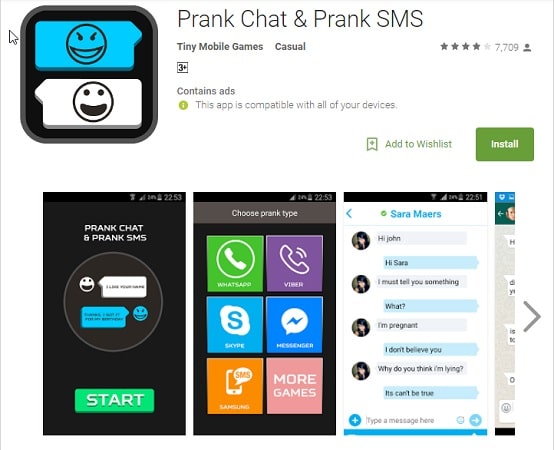

In terms of preprocessing, I've performed basic string cleaning to each message and just grouped everything together such that it is one long string. There still isn't enough data for a chatbot, so I figured I'd start with text generation. I recently returned to this project but this time with the goal of using the entire Skype chat history rather than just one person. So, ultimately, I shelved the project.Īlthough I don't have any particular rush on this project, it's an interesting way to play around with a different subset of NLP tasks. I then started investigating the alternative of making a chatbot instead using a sequence-to-sequence model instead but soon realized I didn't have nearly enough data to create something meaningful with the personality of one of our group members. perhaps due to insufficient data (I was trying to model one person) or because of the model architecture (adapted from ). The idea here is that every sequence of k characters can be used to predict the k+1th character thus forming a supervised learning task. Initially, the goal of this project was to jokingly create an artifical replacement for one of our friends who's notorious for ignoring messages! I got a hold of the data (omitted from the repository for privacy reasons) a few months ago and tried some basic text generation at a character level. Click the Windows icon and search for Sound Settings, and select it in the microphone field.As mentioned in the repository description, I've been playing around with the idea of creating a text generator based on a Skype chat group.

Make sure that you have your microphone selected as your device in Windows.

To test your microphone, we recommend comparing the quality of your microphone with and without denoising. If you are testing RTX Voice (Speakers) and want to adjust the volume, go back to your previous device, adjust the volume, and go back to RTX Voice. Note: RTX Voice Beta doesn’t control the volume of your underlying devices. When you finish testing, make sure you change back your speakers in Windows to your default! You will want to use RTX Voice as your speaker in voice apps, but not in Windows since you would filter audio that you don’t want to (like music, videos, etc.). You can test the denoising by turning the background noise removal on and off on RTX Voice (Speaker path) and listening to the difference it makes to the audio.Ĥ. a YouTube video of an interview in the street). Open a video or recording with background noise (e.g. Select RTX Voice (Speakers) as your speakers in the Sound Settings of Windows.ģ. To test the background noise removal, we recommend the following:Ģ.


 0 kommentar(er)
0 kommentar(er)
